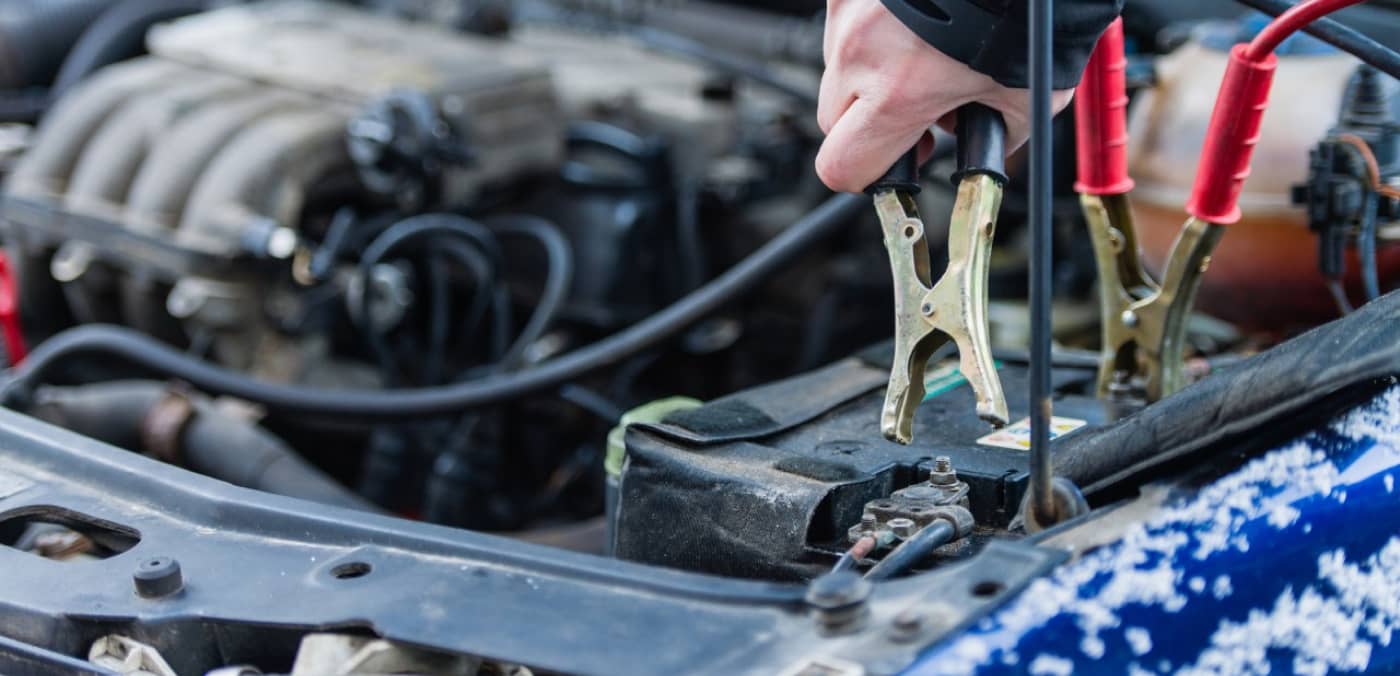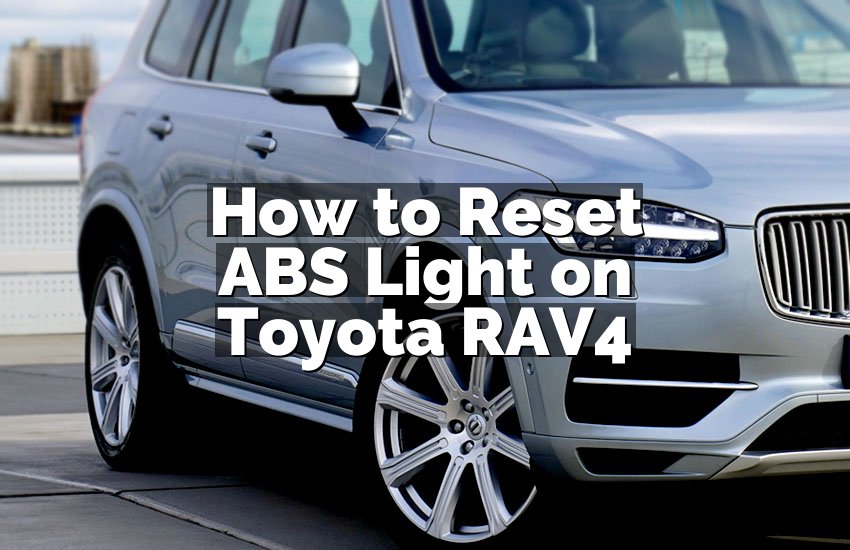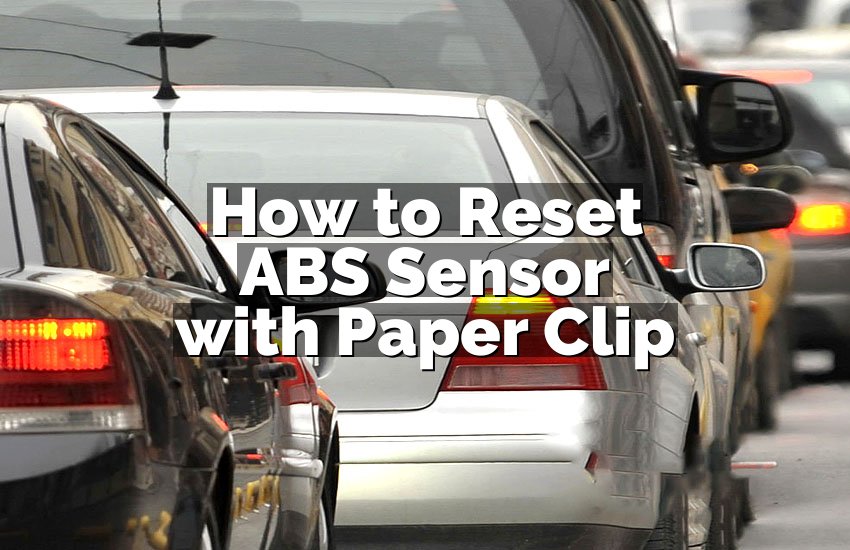To fix a bad or dead battery cell in a car battery, follow these easy steps. Within this helpful guide, you’ll learn how to effectively address this issue and get your battery back in working order.
Whether you’re experiencing a weak battery or a complete failure, these simple steps will help you diagnose and resolve the problem. By taking the time to understand the process and following the proper steps, you can save time and money by fixing the battery yourself.
So, let’s dive in and discover the easy steps to fix a bad or dead battery cell in a car battery.

Credit: www.interstatebatteries.com
Causes Of Bad Battery Cells
Bad battery cells in car batteries can be caused by a variety of factors such as sulfation, low electrolyte levels, or high internal resistance. Fixing a bad or dead battery cell involves steps like testing the cells, adding distilled water, and using a battery desulfator to revive the battery.
A car battery is essential for the proper functioning of your vehicle, powering the ignition, electronics, and providing the necessary energy to start your engine. However, sometimes, a car battery can develop bad or dead battery cells, resulting in reduced performance and eventually a complete failure.
Corrosion
One of the main causes of bad battery cells in a car battery is corrosion. Corrosion occurs when a buildup of white or greenish-white substance forms on the battery terminals or connectors, hindering the flow of electricity. This build-up is often caused by a chemical reaction between the battery acid and the metals in the terminals.
To prevent corrosion and maintain optimal battery performance, it is important to regularly clean the battery terminals with a mixture of baking soda and water. Simply disconnect the battery cables, scrub the terminals gently with a wire brush dipped in the mixture, and rinse with water. Applying a thin layer of petroleum jelly can also help to prevent future corrosion.
Insufficient Electrolyte
Another cause of bad battery cells is insufficient electrolyte levels. The electrolyte is a mixture of sulfuric acid and water that provides the necessary chemical reactions for the battery to produce electricity. Over time, the electrolyte can evaporate, leading to depleted levels and ultimately a weakened battery cell.
To ensure sufficient electrolyte levels, it is crucial to regularly check and maintain the battery’s water levels. If the water level is low, distilled water should be added to each cell until it reaches the manufacturer’s recommended level. However, it is important not to overfill the cells, as this can lead to acid overflow and potential damage to the battery.
Regular maintenance and care can help prevent bad battery cells and extend the lifespan of your car battery. By keeping the terminals clean and ensuring sufficient electrolyte levels, you can avoid unnecessary battery issues and the inconvenience of a dead battery.
Signs Of A Bad Battery Cell
When a car battery has a bad cell, it can cause various issues, affecting the performance and reliability of the vehicle. Recognizing the signs of a bad battery cell is crucial for taking timely action and preventing further damage. Understanding these signs can help car owners address the problem quickly and efficiently.
Dim Headlights
If you notice dim headlights when you start your car, it could be a sign of a bad battery cell. Dim headlights indicate a lack of power reaching them, which can be caused by a weak or faulty battery cell. Addressing this issue promptly can prevent potential safety hazards and ensure proper vehicle performance.
Slow Engine Cranking
Slow engine cranking is another sign of a bad battery cell. When you attempt to start your car and experience sluggish or delayed engine cranking, it may indicate a weak or failing battery cell. This can lead to starting problems and inconvenience, highlighting the need to address the battery cell issue as soon as possible.
Preparations Before Fixing
Before attempting to fix a bad or dead battery cell in a car battery, it is crucial to take the necessary preparations. By doing so, you can ensure your safety and make the process more efficient. This section will outline the essential safety precautions to follow and the tools you need to gather.
Safety Precautions
When dealing with car batteries, it is important to prioritize safety to prevent any accidents or injuries.
- Wear protective gear: Put on gloves, safety goggles, and a lab coat or an old long-sleeved shirt to protect yourself from acid exposure and sparks.
- Work in a well-ventilated area: Choose a location with sufficient airflow, ideally outdoors or in a garage with open doors or windows, to reduce the risk of inhaling harmful fumes.
- Ensure the ignition is off: Turn off the car’s ignition and remove the keys from the vehicle. This will prevent any accidental starting of the engine during the process.
- Disconnect the battery: Detach the negative (-) terminal first, followed by the positive (+) terminal. This step will eliminate the flow of electricity and minimize the chances of short circuits.
- Keep flammable materials away: Avoid having any flammable items nearby, such as gasoline or open flames, as they can spark and cause dangerous accidents.
Gathering Necessary Tools
Before starting the repair, ensure you have the essential tools readily available. This will help you perform the task smoothly and efficiently.
| Tools | Description |
|---|---|
| Multimeter | A device used to measure voltage, resistance, and current flow. You’ll need this to diagnose the battery and verify its condition. |
| Battery Hydrometer | An instrument that measures the specific gravity of battery electrolyte, indicating the state of charge in each cell. |
| Screwdriver | Choose a screwdriver with insulated handles to avoid electric shock. This tool is needed for removing battery terminals. |
| Battery Charger | A charger capable of reviving or maintaining the battery’s charge. It helps when the battery needs reconditioning. |
| Battery Cleaner | A solution specifically designed to clean battery terminals and prevent corrosion, ensuring optimal performance. |
| Distilled Water | Used to refill battery cells if necessary. Make sure it’s distilled water as tap water may contain impurities. |
By following these safety precautions and gathering the necessary tools, you are well-prepared to fix a bad or dead battery cell in your car battery. In the next section, we will delve into the step-by-step process of repairing the battery cell.

Credit: m.youtube.com
Steps To Fix A Bad Battery Cell
Batteries are an essential component of any vehicle, and it can be frustrating when they start to fail. If you’re experiencing issues with a bad or dead battery cell, no worries! In this post, we’ll walk you through the steps to fix a bad battery cell in your car battery. Rest assured, it’s a straightforward process that you can easily do at home.
Remove The Battery
The first step in fixing a bad battery cell is to remove the battery from your car. Make sure to park your vehicle in a well-ventilated area and turn off the engine. Wear protective gloves and goggles to keep yourself safe from any potential acid leaks or exposure. Carefully disconnect the negative and positive terminals from the battery using the appropriate tools, usually a wrench or pliers. Set the battery on a sturdy and stable surface.
Identify The Bad Cell
Once the battery is removed, it’s time to identify the bad cell. Each battery cell is typically separated by a plastic partition. Start by visually inspecting the battery, looking for any noticeable signs of damage, such as leaks or corrosion. Next, use a hydrometer or a multimeter to test the voltage levels of each individual cell. The cell with significantly lower voltage compared to the others is likely the bad cell that needs to be fixed.
Neutralize The Battery
Before proceeding to fix the bad cell, it is important to neutralize the battery to ensure overall safety. Prepare a mixture of baking soda and water, and carefully apply it to the area around the bad cell. This mixture will neutralize any potential acid and prevent further damage. Leave the mixture on for a few minutes, allowing it to work its magic. Once done, rinse the battery with clean water, removing all traces of the baking soda mixture.
Replace The Bad Cell
Now that the battery is neutralized, it’s time to replace the bad cell. Start by removing the plastic partition that separates the cells. Using a battery cell replacement kit, carefully remove the failed cell from its position, ensuring not to damage any of the surrounding cells. Insert the new cell into the vacant spot, making sure it aligns correctly. Secure the replacement cell in place and reattach the plastic partition.
Reassemble And Charge The Battery
With the bad cell replaced, it’s time to reassemble the battery and prepare it for charging. Reconnect the positive and negative terminals to their respective posts on the battery, ensuring a tight and secure connection. Double-check all connections to avoid any potential issues. Finally, place the battery back in your vehicle and connect it properly. It’s now time to charge the battery according to the manufacturer’s instructions, using a suitable charger. Once fully charged, your battery should be ready to power your vehicle!
Preventive Measures To Avoid Future Issues
Regular maintenance is crucial for ensuring the longevity and performance of your car battery. By following some simple practices, you can avoid future battery cell issues. Here are some preventive measures to consider:
Regular Maintenance
Regularly checking the battery fluid level and cleaning the terminals can prevent the accumulation of corrosive elements. Tightening any loose connections and ensuring the battery is secured in place will also contribute to the battery’s overall health.
Using A Battery Maintainer
Consider utilizing a battery maintainer when the vehicle is not in use for an extended period. This device provides a trickle charge to the battery, preserving its life and preventing damage from discharging.

Credit: www.bridgestonetire.com
When To Seek Professional Help
If your car battery has a bad or dead cell, it’s best to seek professional help to fix it. Professional technicians have the expertise to easily identify and repair a bad or dead battery cell, ensuring your car battery functions optimally again.
While it’s possible to fix a bad or dead battery cell in a car battery on your own, there are certain scenarios where seeking professional help is essential for your safety and the proper functioning of your vehicle. Here are two situations where it’s best to enlist the expertise of a professional:
Extensive Damage
If the battery cell is severely damaged or cracked, it’s crucial to have a professional handle the repair. Attempting to fix extensive damage on your own can lead to further harm or even injury. Professionals have the necessary knowledge and tools to assess the extent of the damage and determine the best course of action.
Lack Of Experience Or Knowledge
In some cases, even if the damage is minimal, it’s still wise to seek professional help if you lack the experience or knowledge required to fix a bad battery cell. Trying to tackle the repair without the necessary expertise can result in mistakes that may cause more harm than good. Professionals have the training and expertise required to diagnose and resolve battery issues effectively.
By turning to a professional, you can ensure that all necessary safety precautions are taken, allowing you to avoid potential hazards and prevent further damage to your car battery. Remember that the well-being of both yourself and your vehicle should always be a top priority.
Conclusion
So, if you’re dealing with a bad or dead battery cell in your car battery, there’s no need to worry. By following the simple steps outlined in this blog post, you can easily fix the issue and get your car running smoothly again.
Taking the time to address this problem can save you time and money in the long run, and ensure your car is in top condition. Remember to regularly maintain your car battery to prevent future issues.


